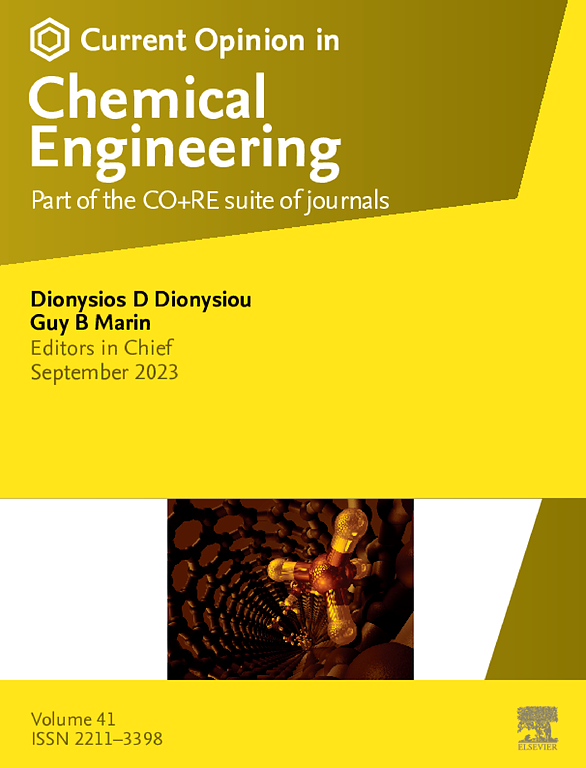Synthesis of monodispersed inorganic nanoparticles by high gravity technology for multifunctional applications
IF 6.8
2区 工程技术
Q1 BIOTECHNOLOGY & APPLIED MICROBIOLOGY
引用次数: 0
Abstract
Monodispersed nanoparticles are the pivotal in optimizing the performance of nanomaterials and propelling innovation in nanotechnology applications. This paper reviews advancements in the synthesis of monodispersed inorganic nanoparticles, such as metals, metal oxides, and inorganic salts, within liquid systems by high gravity technology. Special focus is given on the critical role of in situ modification in achieving monodispersed and morphologically uniform particles. Leveraging the superior mixing capabilities of high gravity technology and the precise control offered by in situ modification, these nanoparticles demonstrate significant enhancements in their applications within organic systems. Catalytic efficiency is markedly increased, and the properties of composite materials are optimized. This underscores the successful integration of high gravity technology with materials science in propelling the development of practical functional materials. Looking ahead, monodispersed inorganic nanoparticles synthesized and the composites they formed via high gravity technology and in situ modification are poised to usher in a new era in nanotechnology.
利用高重力技术合成用于多功能应用的单分散无机纳米粒子
单分散纳米粒子是优化纳米材料性能和推动纳米技术应用创新的关键。本文回顾了利用高重力技术在液体体系中合成单分散无机纳米粒子(如金属、金属氧化物和无机盐)的进展。其中特别强调了原位改性在实现单分散和形态均匀颗粒中的关键作用。利用高重力技术卓越的混合能力和原位改性提供的精确控制,这些纳米粒子在有机体系中的应用得到了显著提高。催化效率显著提高,复合材料的性能得到优化。这凸显了高重力技术与材料科学的成功结合,推动了实用功能材料的发展。展望未来,通过高重力技术和原位改性合成的单分散无机纳米粒子及其形成的复合材料将开创纳米技术的新纪元。
本文章由计算机程序翻译,如有差异,请以英文原文为准。
求助全文
约1分钟内获得全文
求助全文
来源期刊

Current Opinion in Chemical Engineering
BIOTECHNOLOGY & APPLIED MICROBIOLOGYENGINE-ENGINEERING, CHEMICAL
CiteScore
12.80
自引率
3.00%
发文量
114
期刊介绍:
Current Opinion in Chemical Engineering is devoted to bringing forth short and focused review articles written by experts on current advances in different areas of chemical engineering. Only invited review articles will be published.
The goals of each review article in Current Opinion in Chemical Engineering are:
1. To acquaint the reader/researcher with the most important recent papers in the given topic.
2. To provide the reader with the views/opinions of the expert in each topic.
The reviews are short (about 2500 words or 5-10 printed pages with figures) and serve as an invaluable source of information for researchers, teachers, professionals and students. The reviews also aim to stimulate exchange of ideas among experts.
Themed sections:
Each review will focus on particular aspects of one of the following themed sections of chemical engineering:
1. Nanotechnology
2. Energy and environmental engineering
3. Biotechnology and bioprocess engineering
4. Biological engineering (covering tissue engineering, regenerative medicine, drug delivery)
5. Separation engineering (covering membrane technologies, adsorbents, desalination, distillation etc.)
6. Materials engineering (covering biomaterials, inorganic especially ceramic materials, nanostructured materials).
7. Process systems engineering
8. Reaction engineering and catalysis.
 求助内容:
求助内容: 应助结果提醒方式:
应助结果提醒方式:


